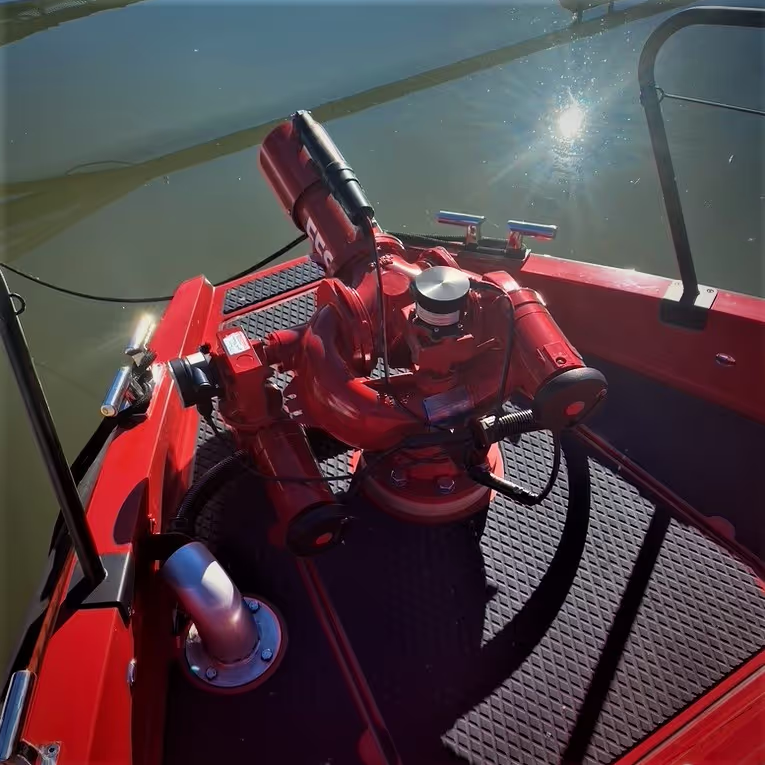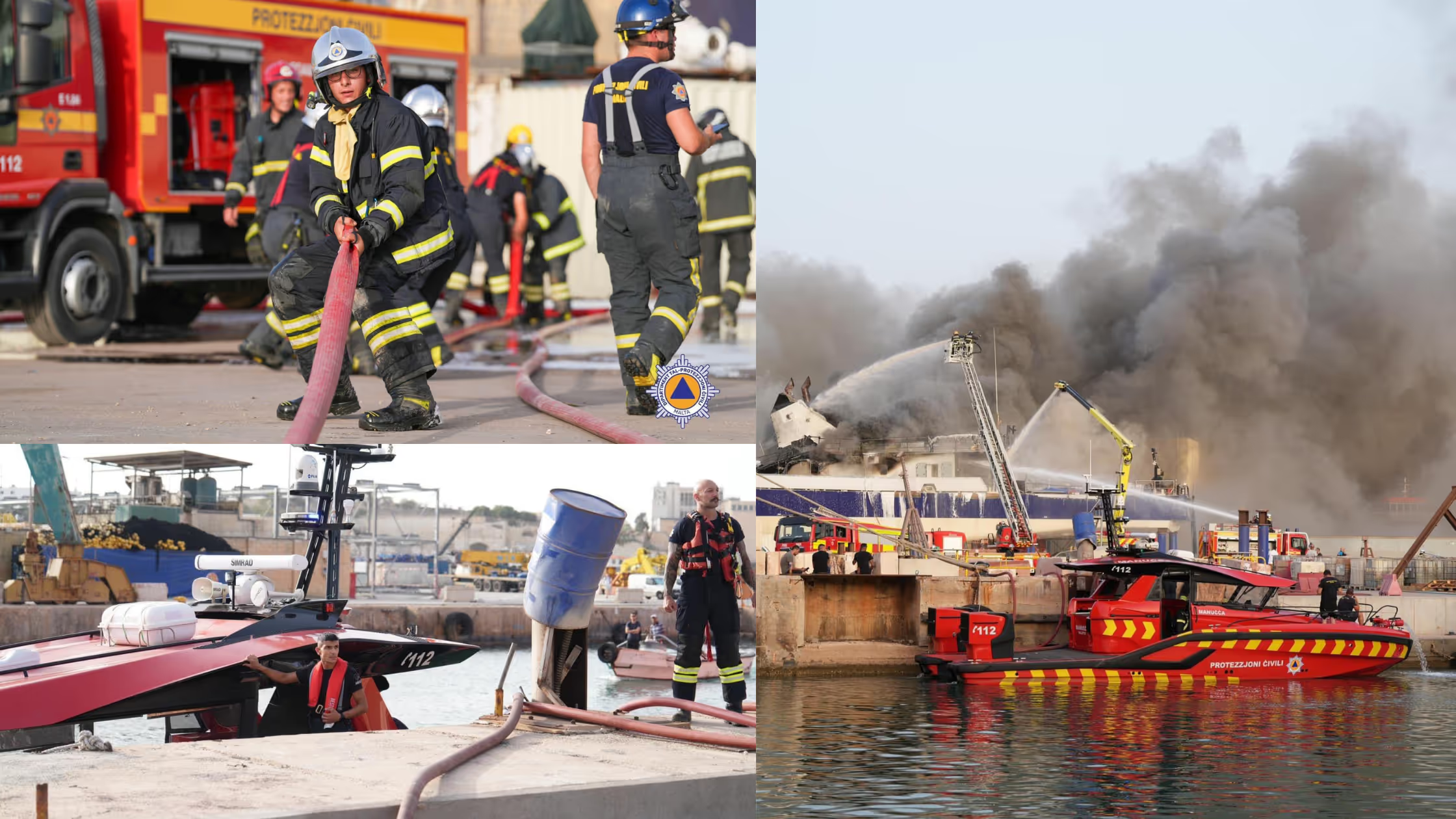Small Crafts in Firefighting: Essential Features and Innovations
Small crafts are critical in firefighting operations, especially in environments where larger vessels cannot operate, such as marinas, rivers, urban areas, and shallow waters. With over 26 million emergency responses annually, small crafts play an indispensable role in areas where larger vessels can't reach.
Key Features for Optimal Operation
FFS has been working with renowned boat-building partners worldwide for decades, developing specialized firefighting systems for small crafts. They have a profound understanding of the unique needs of these vessels:

- Space Efficiency: Firefighting systems for small crafts must prioritize space efficiency. Engineered to fit into limited spaces, these systems ensure high performance even in small engine compartments.
- Lightweight Materials: These are crucial for preserving the craft's stability and manoeuvrability, essential for rapid response and effective operation in challenging environments.
- Quick Response Capabilities: Systems are designed to activate rapidly to counter the swift spread of fires.
- Specialized Equipment: Tailored to the unique hazards of small crafts, such as diverse fuel and electrical systems and the presence of flammable materials, ensuring the effectiveness and durability of the firefighting system in marine conditions.
Commitment to Innovation: Expanding the Role of Small Crafts in Firefighting
FFS takes innovation seriously, ensuring that their firefighting systems keep pace with the cutting-edge advancements made by their boat-building partners worldwide in the design, construction, and development of small crafts. Several innovative trends are shaping the future of small crafts, including:
- Hybrid Propulsion Systems: Enhanced fuel efficiency and reduced emissions.
- Advanced Electronics: Tools for locating victims, navigation, and thermal imaging cameras.
By keeping abreast of these advanced features and innovative designs, FFS plays a major role in the design process, addressing the unique challenges and requirements of each craft, including a range of propulsion options.
A significant innovation is the inclusion of a valve manifold system, enabling small crafts to function as tandem pumping units for land-based firefighting. Instead of dedicating a fire truck to a harbor area, the fire boat can pump water over a distance to a receiving fire vehicle, enhancing flexibility and resource efficiency. This system allows the vessel to serve both as a firefighting craft and a mobile pump unit. A notable example is a recent industrial fire in a shipyard in Malta, where the Malta fire boat effectively relayed water from the ocean to an awaiting fire truck, showcasing the system's capability.

Global Impact and Dual Functionality
Across the globe,versatile fire and rescue boats designed specifically for port and harbor protection are equipped with FFS firefighting systems tailored for multipurpose operations. Most of these vessels feature high-performance fire pumps and monitors, delivering 5000 litres per minute to ensure swift and immediate emergency response. Additionally, the dual functionality of these small crafts,as seen in the Malta incident, allows them to operate both as direct firefighting units and as mobile pump stations, extending their utility beyond maritime applications.
The necessity and power of small crafts are often overlooked, yet they are indispensable in firefighting operations. FFS continues to set the standard for excellence in firefighting solutions, demonstrating their commitment to advancing the safety and efficiency of small craft firefighting worldwide.
.avif)

